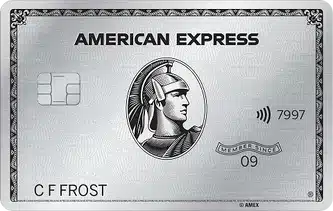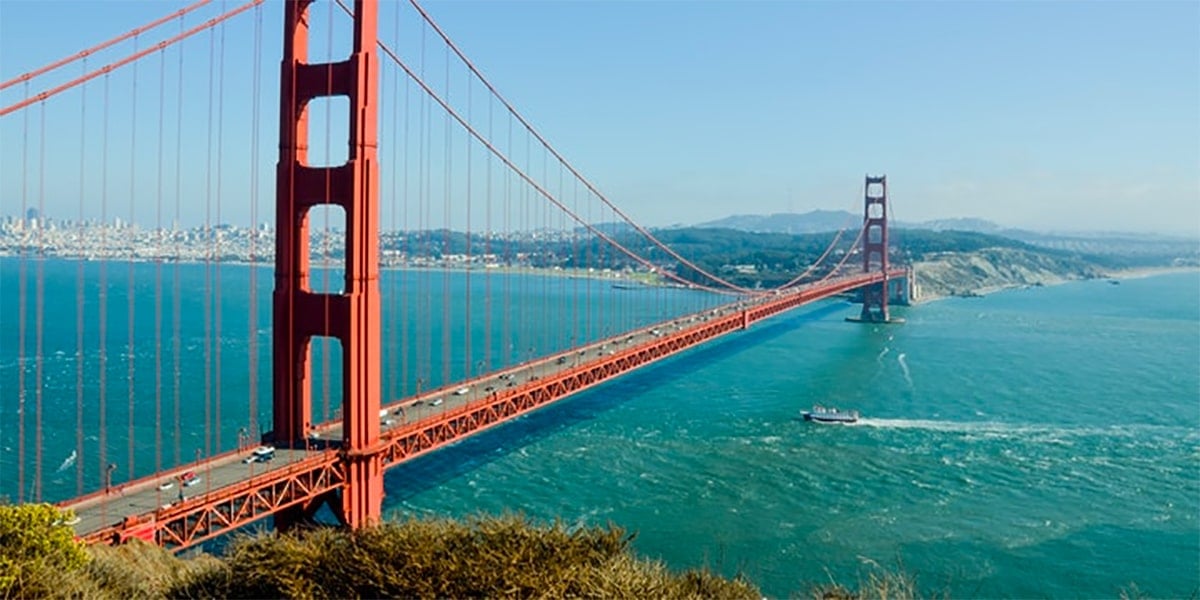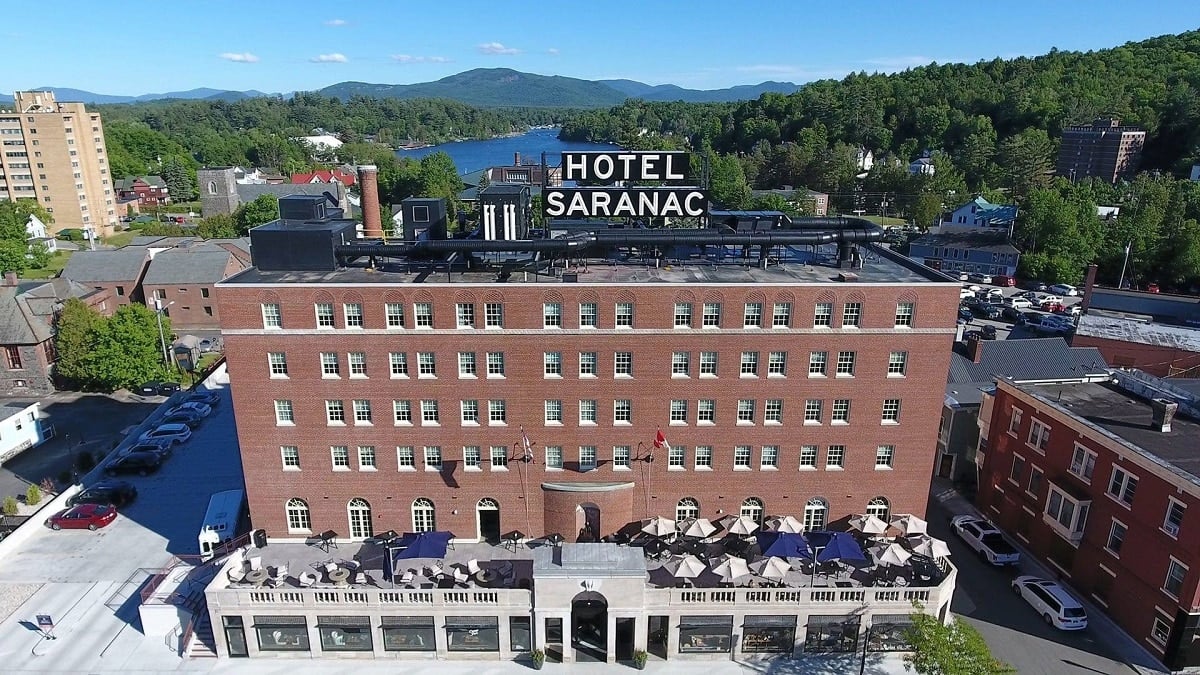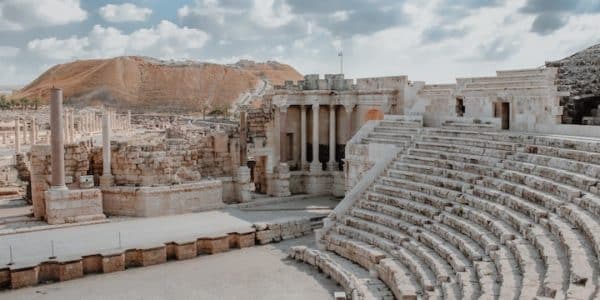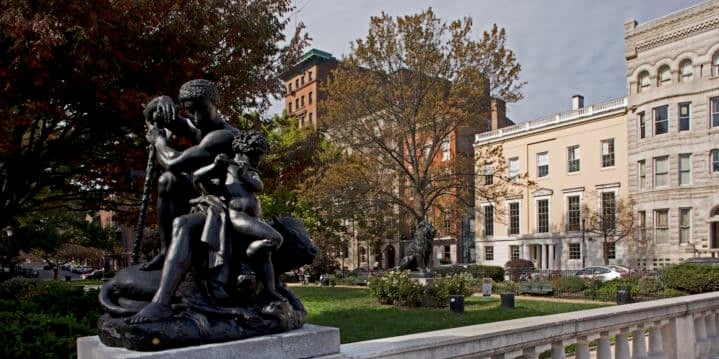
Unrehearsed warmth in America’s accessible Old Town.
Just as NYC’s Upper East Side is culturally a hundred miles removed from Times Square, north of downtown Baltimore’s Mount Vernon is a fashionable neighborhood where the traditions of its well-to-do origins have retranslated into boutique hotel fantasia, elegant-but-casual dining, and kicked-back healing.
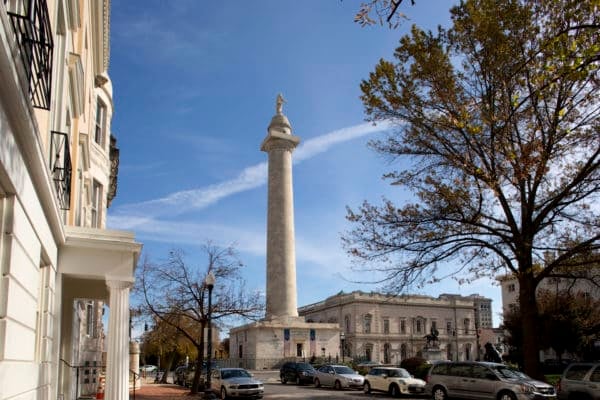
Baltimore’s “Upper North Side” is a National Landmark Historic district that also embraces modern hedonism. The Landmark status and namesake springs from the Mount Vernon (Virginia) home of George Washington with the defining feature of this Maryland neighborhood being the original Washington Monument, a handsome 180-foot pillar erected in 1815. Beholding the neighborhood radiating from this centerpiece, the period architecture and chic vibe bring antiquity to life. From the legendary “estate” surrounding Washington’s original shrine, you can call on many places to transgress things like diets and sobriety. You are in Maryland, after all.
The neighborhood is a blend of mostly solid brick, unfussy Queen Anne and lavish Beaux Arts architecture (1902 Belvedere). No urban botox going on here. In fact, Baltimore’s inability to fund the type of urban renewal that decimated many American historic districts is why Mount Vernon shines so brightly today. Simply put, I think this neighborhood dwarfs Georgetown as a place to vacation within a living community museum—and you won’t be waiting in any lines.
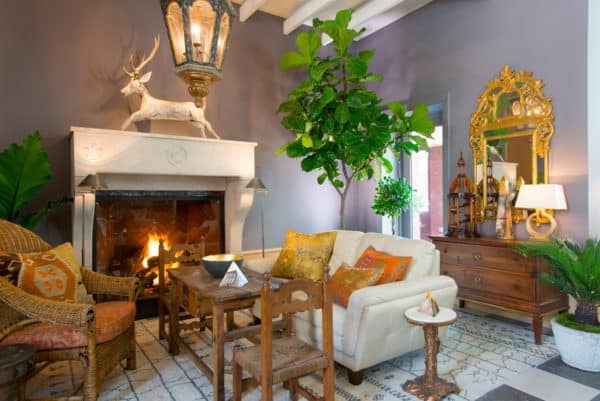
The Ivy Hotel, five blocks from Baltimore’s Amtrak station
Part of what makes old Mount Vernon a distinct cultural district is The Ivy Hotel and its new spa. It is Maryland’s only Relais & Châteaux hotel—part of a global fellowship of 500 biblical landmarks in 60 countries that guarantees at least tirelessly preserved class and charm. This restored 1890s mansion features 18 individually designed rooms and charming public spaces. The hotel is part of an entire block rooted in the understated but elegant Queen Anne style. The details lavished upon it more than a century ago by architect Charles Carson are still evident at every turn, from its leaded glass windows to its carved-wood wainscoting, 23 individual fireplaces, green marble mined from local quarries, and a splendid staircase that climbs three stories past stained glass toward the radiance of the original skylights.
As the amalgamated structure bears footprints built in three different centuries, it takes wandering out into its courtyard to comprehend that evolution. One offshoot of the multi-room lobby is Upstairs at The Ivy, a classic long-table boardroom that’s available for tasting menu events. There are options to read (or permanently borrow from the abundant books lining most walls) and play pool in the Conservatory, a social space with floor-to-ceiling windows overlooking the garden, or stretch out by the fireplace in the Tea Room and take it all in. The ground floor rooms are united by a knowing concierge always seated at a desk at the base of that staircase ascending to the guest rooms. Strolling into the lobby of this place is like walking into your own private home.

Core to the hotel’s theme is its daily, royally presented high tea ceremony. Open to the public—it’s bringing high culture back to Baltimore, like it or not—the three-tiered sinful journey is about fine teas (I chose “Forbidden Forest Apsang Souchong,” flavored by downed pine trees in Anhui, China) and includes mini sandwiches (one being blue prawns with curried hummus) and a few dazzling desserts. This rite of passage rivals putting on your first tuxedo or bridesmaid dress and demonstrates that the good old days can still be right now. High tea, along with the best breakfast you’ll have this year, is included in the daily rate. Adding to the homey experience of visiting your ultra-cultured and well-off pal is the property’s no-tipping policy. Elegant, inclusive self-service bars in the lobby and guest rooms also feature locally made “Hex Kombucha,” a butterfly lime living tea.
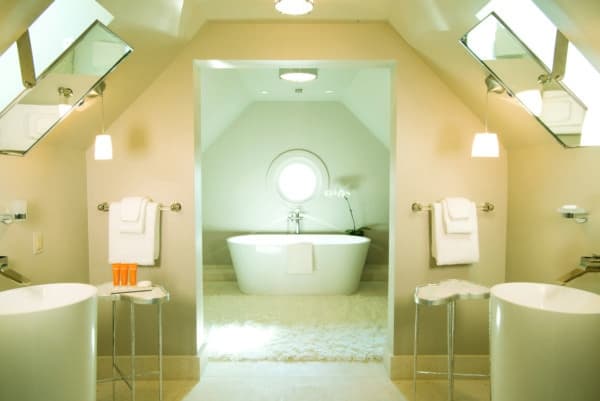
Our room was rounded out by a corner turret full of windows with original wooden shutters. Each room at The Ivy has a fireplace to keep you cozy, plus a one-of-a-kind armoire designed by a local artist for storing your belongings. The canopy bed had a mattress that guaranteed sweet dreams and the bathroom alone was big enough to live in (add a bathtub for two and two shower options). You’ll feel like you’re at the spa with heated stone floors and double vanities.
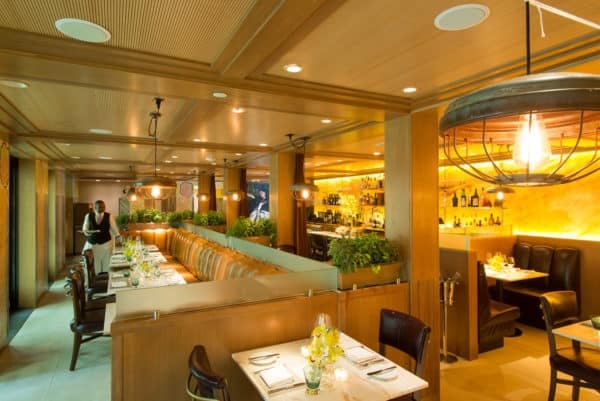
Breakfast in Magdalena (one of Baltimore’s top restaurants; includes an eight-seat bar) in the hotel’s cozy, ground floor, courtyard-hugging Garden Room means earth-shaking eggs benedict. Their lemon soufflé pancakes summon so many recipe requests that they’re soon going to share it online. Dinner here means four room options: Garden Room, the 14-seat Wine Cellar with 320 vino options, the Tasting Room, and The Treasury, which still houses the mansion’s safe from 1889. Yeah, this place goes way back. Every employee makes you feel like you belong here, and not just while you’re dining.
At The Ivy’s new luxury spa, I experienced a rare massage that began as and remained mostly a face-up experience. Blending stretching with other Thai techniques, therapist Gary executed the Gary Massage so expertly that I forgot I’d played three sports in high school. Each spa treatment—massage, facial, manicure, pedicure, and hair and body treatments—is fully customized to the guest by the therapist. Guests have the option for spa services en suite as well.
Whether you arrive by car or not (we didn’t), you don’t need one to see Mount Vernon’s greatest hits via foot, and any transport you do need within three miles of the hotel is provided at no charge. The hotel is dog-friendly (under 30 pounds).
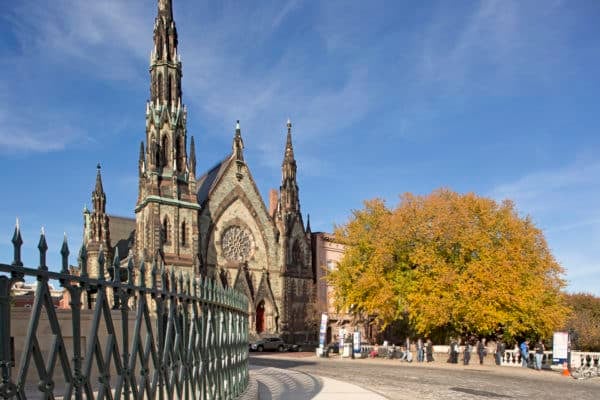
Exploring Mount Vernon
Mount Vernon Place
Once afoot after stepping outside of The Ivy, a simple self-guided walking tour reveals Mount Vernon Place (as proud as Harvard Square and home to the previously mentioned original Washington Monument), the stunning Peabody Library and world-class classical music Conservatory.
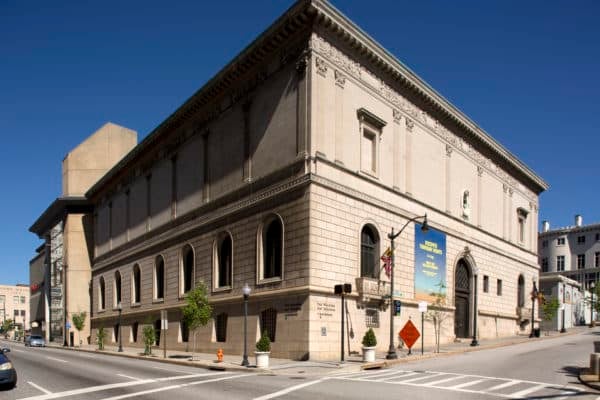
George Peabody, a grocer’s apprentice at age 11, was a visionary philanthropist who lived in Baltimore for 20 years. His campus of buildings to inspire wonder was America’s first major cultural center. Across the street, the massive four-story Walters Art Gallery slyly features two kindred exhibits that I found poignant: early 1600s European rock-crystal case timepieces (Collector’s Study) and Swiss watchcases and Russian snuff boxes in The Treasury. Like NY’s Met and other exemplary museums, the Walters only exhibits 30% of its collection at any time. Nearby, Baltimore’s Basilica National Shrine gets a lot of love but the skyscraping First Presbyterian Church (1761) steals the show. The Baltimore Symphony and Mount Vernon Marketplace are also steps away.
First Unitarian Church of Baltimore
A very random stroll into the modest side office of the domed First Unitarian Church of Baltimore (1818) unfolded into a revelation. Church sexton (maintenance dude) Anthony provided a spontaneous tour punctuated by an in-church history lesson from Educator Pete Fontneau. It climaxed with a climb past the “organists hangout” and higher into a small dusty loft with two hidden pews that were set aside for slave worship…and also where one can enjoy the best organ acoustics in the church.
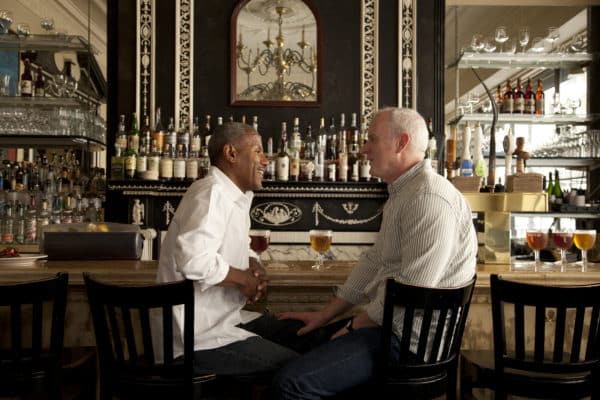
Brewer’s Art
Set in a grand Mount Vernon townhouse, Brewer’s Art is fine dining without circumstance, and as far from a franchise restaurant experience as one can wander. This hip throwback offers three experiential options. The turn-of-the-19th-century dining room has a library-meets-beer-museum feel. Rows of encyclopedias line the walls along with another take on brewer’s art: photos and paintings documenting the history of brewing. The far side of the dining room abuts to glass-encased mash tuns to remind you they’re not kidding about the homemade thing.
The beer and the menu celebrate the heart of Europe in this way-upscale beer hall mansion. The “Baby Beet” and “Oyster Stew” appetizers set the stage for options like seared yellowfin tuna and a dry-aged rosetta steak. The “Grilled Elk Loin” option on the menu is balanced by a vegetarian “Red Lentil Croquettes” (in curry laksa broth). House-brewed beers include the Beazly. The special/reserve brews menu lights up with the “Off Color Brewing Sibling Rivalry.” There’s no price-gouging here, one example being a quality bottle of Malbec for $28. There’s also a lounge option with street views and a massive chandelier that’s also original to the building. The street-level, bricky “underground” pub has a Rathskeller feel and is popular with adults still pining for collegiate-style liveliness. The bar menu features a “Brewer’s Beer Brat.”
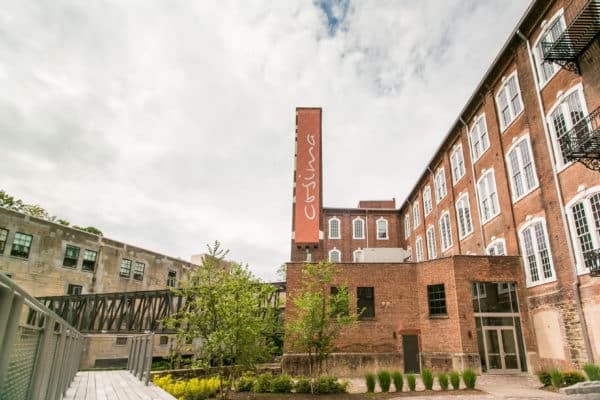
Cosima
Sicilian dining in an upscale cotton mill’s boiler room? One neighborhood away, lively Cosima is already one of Baltimore’s chart-busting new Mediterranean restaurants. Reborn inside the old boiler room of Mill No.1, a building that has been nationally recognized for true-to-form renovation, this is an industrial museum with fine cuisine. Not only did it run on a wood-fired boiler from the 1850s until WWII, but they also still wood-fire their pizzas.
This creekside bi-level mill is modern vintage (seats 160 adding 60 outside when possible) but the menu is cutting-edge, debuting with ginger-beer infused mocktails or the unique “Abbella” cocktail (Bank Note Scotch, montenegro, raspberry shrub, ginger beer). The roasted cauliflower (with an epic salsa verde dip) and “Insalata di Cavolo” (kale salad, tomatoes, lemon, olive oil, pine nuts, raisins, ricotta salata, lemon vinaigrette) are a wise way to get the ball rolling. Their “Cuscusu Alla Trapanese” (mussels, shrimp, calamari swordfish, tomato fennel broth over couscous) makes for a clever fusion while the “Cannelloni al Forno” (fresh pasta stuffed with ricotta, goat cheese, parmesan, arugula with cream sauce, marinara, charred cherry tomatoes) hits a line drive over the fence. House-made gelatos conclude this journey into the past aided by fine Italian wine.
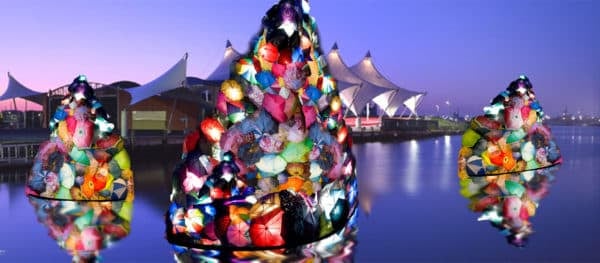
Deeper (and timely) exploration
Baltimore’s Light City
Baltimore’s Light City was named one of the “Top 16 Intriguing Things to See or Do in the U.S.” by CNN last year. The free public festival redefines what’s possible in the public realm by transforming Baltimore’s Inner Harbor into a playground of 22 large-scale light-art installations, 50 concerts and 150 performances for nine consecutive nights.
Last year’s festival attracted 400,000 visitors, putting Baltimore in the good company of cities like Sydney, Montreal, London, Amsterdam, Berlin, and Lyon. The uniquely Baltimore festival allows local artists to stand should to shoulder with internationally acclaimed artists from the UK, France, Canada, Germany, Netherlands, Lebanon, and Israel. Highlights include a mini Light City for little ones; nightly themed kickoffs; a locally sourced food and beverage program; live nightly concerts featuring local, regional and national acts; an artist-in-residence program that extends the magic of Light City to eight distinct neighborhoods; and a “Brilliant Baltimore” initiative that will illuminate 62 of Baltimore’s most iconic downtown buildings and attractions to create a fully immersive city-wide celebration.
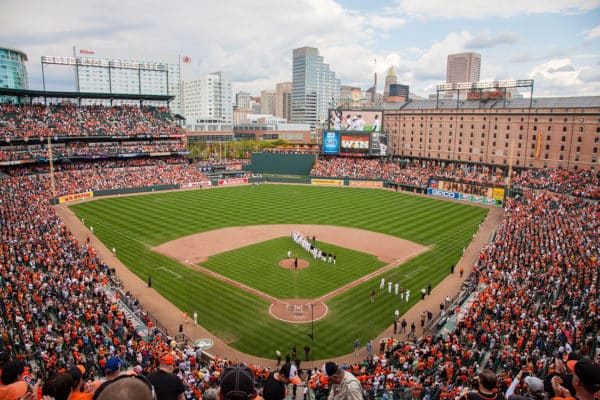
Camden Yards, celebrating 25 years
Camden Yards celebrates its 25th anniversary this year and was just ranked the “best ball park in baseball” for the third consecutive year.
For more information, check out baltimore.org.
All photos credited to Visit Baltimore.




